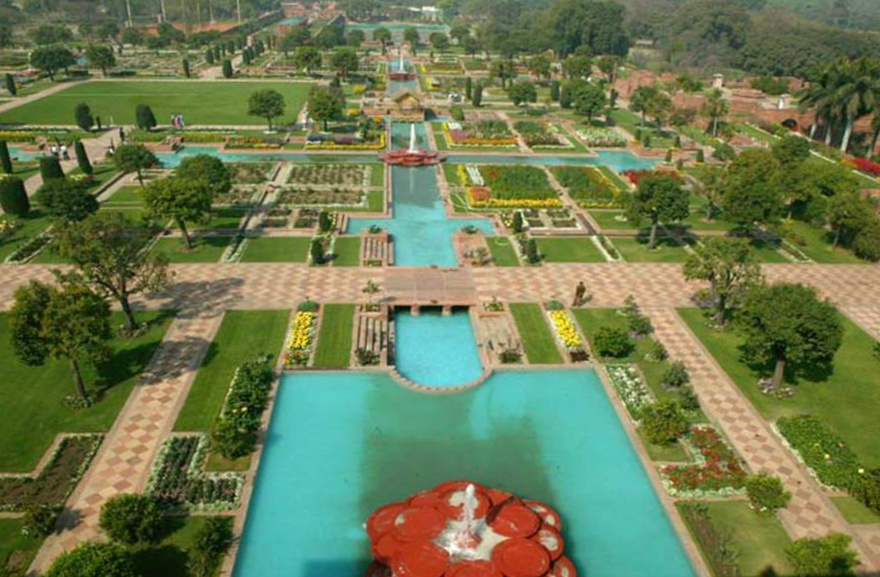The architectural history of India has traces of various cultures. India has been ruled by various
rulers and one of the most prominent rulers were the Mughals. They left their mark on almost
different aspects of the life of Indians including architecture. While the Mughal kings ruled
India, they built various buildings throughout India, and Delhi being one of the important
centers of their administration, you can find various structures that reflect their rich culture and
The Mughal architecture is known for its grandeur and opulence. The Mughal rulers had a
special liking for baghs or gardens. Although the concept of gardens has been existent in Delhi
since a long time, the Mughals took itto a different level altogether. The Mughal Gardens in
the Rashtrapati Bhavan vicinity is a fine example of the Mughal way of living and their liking
for beautiful landscape. The construction of this garden aptly reflects the royal might. Apart
from the Mughal Gardens at the Rashtrapati Bhavan some of the other popular Mughal Bhags
in Delhi are the Shalimar Bagh, Humayun’s Tomb Gardens, Talkatora gardens, Tees Hazari
gardens, Lodhi Gardens and Qudsiya Bagh.
The royal Mughal Garden at the Rashtrapati Bhavan is located at the Presidential Estate and it is
spread over a land of 380 acres. The garden is home to more than 600 varieties of exotic trees.
Most of these trees are imported. The garden is one of the most popular tourist destinations in
the capital city of India and each year thousands of visitors come to the garden to witness the
beauty of the colourful flowers blooming in their full glory. Some of the exotic flower species
you find in this garden cannot be found elsewhere in India. The white and yellow colored
Dahlias, China Oranges are among a favorite among the visitors.
Unlike other gardens in Delhi, the Mughal Gardens in Rashtrapati Bhavan is open to tourists
only for one month in a year. During this month, the garden witnesses a huge influx of tourists
who come here to the visit the musical garden, spiritual garden and the herbal garden. For
ardent nature lovers, the garden represents a sight that beholds their attention for a long time.
The entry to the garden is limited only for a certain time through the day. So if you are visiting
the garden ensure that you get your timing right to avoid disappointment of not being able to
get in. Also, you would need to pay an entry fee to get in. The fees is only a nominal charge
(Rs. 25/- for all visitors above 12 years and for visitors aged less than 12 are exempted from
entry fee). For foreign tourist visiting the gardens need to carry a copy of their passport on the
day of their visit.
The caretakers of the gardens are very strict about the maintaining the beauty of the place. To
ensure that the garden is in top condition and spotless the visitors are not allowed to carry any
eatables and bottles, even mobile phones, cameras and radios are restricted. You would need
to deposit all your belongings at the entrance. A visit to these splendid gardens will be a treat to your senses.

